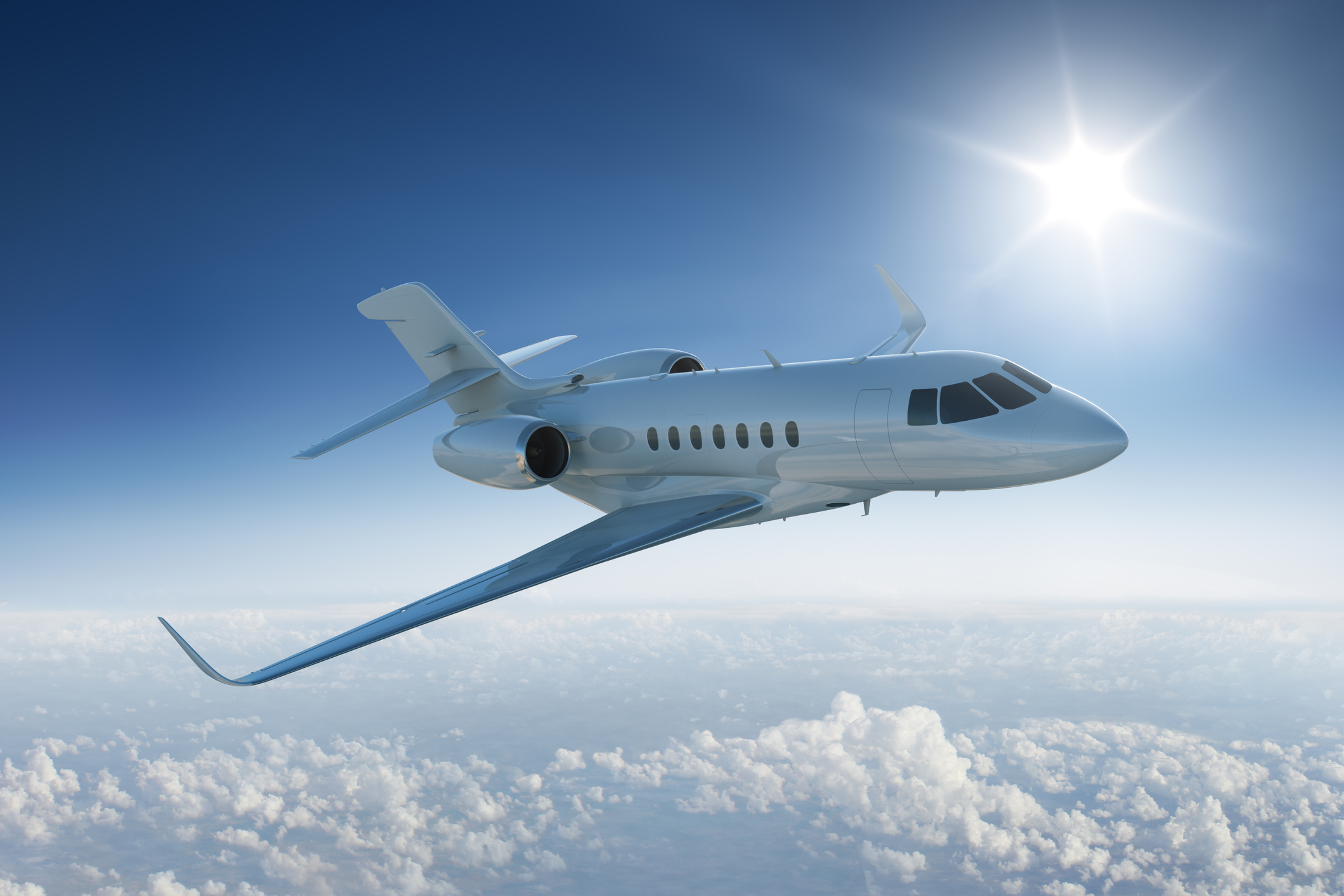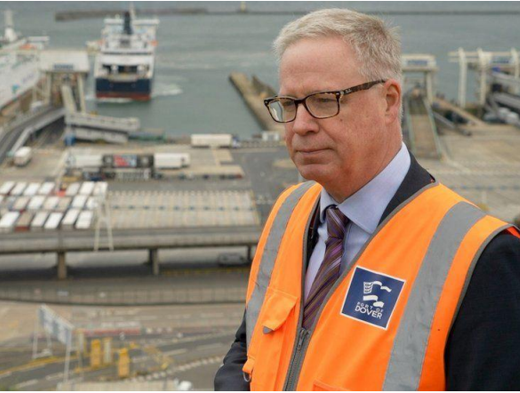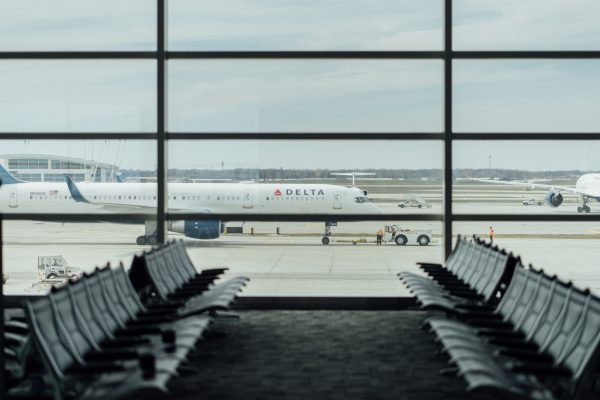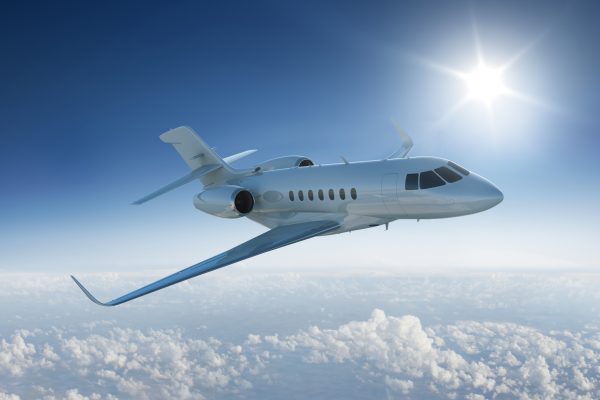Read time: 5 minutes
Since Covid-19 transformed our world, it’s been a bumpy ride for the aviation industry. Willie Walsh, CEO of British Airways’ parent company IAG, has dubbed coronavirus the ‘greatest crisis the airline has ever faced’, an unsurprising statement perhaps with the International Air Transport Association (IATA) forecasting that passenger revenues will drop by $314bn in 2020.
Globally, aviation employs more than 10 million people. The amount contributed to global GDP by aviation jobs is roughly 4.4 times higher than that of other sectors. It’s critical the industry can get back to business as soon as current restrictions allow, to help economies across the world recover from the economic downturn.
But we don’t have to wait for airlines to get back on their feet before seeing green shoots of recovery. Business aviation is significantly better placed to deal with the current crisis, pivot its operations to help relief efforts, and to recover faster than the commercial sector. Here are three reasons why ‘bizav’ is going to lead the bounce back from Covid-19.
- It’s already learnt the hard way.
The 2008 financial crisis was disastrous for business aviation. At the time, bizav was booming: manufacturers were overproducing aircraft, confident they’d sell, with long order backlogs and loose lending terms. When the crisis hit, buyers for those jets rescinded their offers, flooding the market with aircraft, driving down prices and decimating businesses.
Today, financing standards are stricter and speculative orders have plummeted. OEMs have balanced their order books and production is tighter. Business aviation has learnt the hard way, the value of the sector has been proven to its users, and it has become more prepared to weather another downturn.
This is evidenced in the number of owners holding tight to their aircraft, evening during the pandemic. As aviation executive Brian Foley writes in Forbes, in 2008 the falling stock markets were inversely proportional to the number of aircraft for sale. As finances dropped, the figure ballooned, until nearly 1 in 5 of the world’s jets had a ‘for sale’ sign taped in their windshield. During this current crisis, the number of aircraft for sale has held steady, despite global markets plummeting.
But tighter financing standards and a more stable client base is only one part of the story. In the Covid-19 age, the primary driver for business jet usage will be health, which brings us to point two.

Business aviation is significantly better placed to deal with the current crisis than the commercial sector
- It’s got something commercial aviation hasn’t.
Business jets enable you to control your environment whilst travelling – something inconceivable in a busy airport security queue, or on board a regular scheduled flight.
Flying privately, at most you will share the cabin with a few colleagues and a crew member. Opportunities for infection are also reduced in the FBO terminal, where passengers can arrive just 15-30 minutes before departure. Not to mention that private jets can land at smaller regional airports, much closer to a traveller’s destination, limiting the time spent on public transport or in enclosed cars.
With the cost implications, air charter isn’t a solution for everybody. But for businesses eager to safeguard their employees, private jets can reduce the health risks associated with flying during a pandemic. And while commercial travellers must wait for airlines to restart their scheduled routes, business aviation users can get back in the air as soon as lockdowns permit, giving those companies the edge.
We expect the health benefits to bring new users to business aviation, kickstarting the industry’s recovery. But with lockdowns still in force – and the UK now set to join the list of countries imposing a 14-day quarantine on international travellers – how is bizav tackling the challenges imposed by Covid-19 now?
- It knows how to be agile.
Business aviation is an industry that knows how to be agile and has quickly pivoted to fill the role required of it by the pandemic.
Charter operators such as Luxaviation have been swapping CEOs for medical cargo, and repatriating citizens and government officials stranded abroad. Another of our clients, Avinode, has launched a new initiative called Avinode Aid, giving operators a way to advertise their ambulance aircraft for free, so they can be deployed wherever they’re needed worldwide.
These special missions haven’t prevented aircraft from being grounded. But they’ve allowed this sector of aviation to support Covid-19 relief efforts, while keeping more regional airports open, helping to protect the jobs of pilots, engineers and ground crews.
Business aviation is by no means protected from feeling the impact of Covid-19, and there are likely to be casualties before the pandemic is over. But as a close-knit, robust sector, it is better prepared than commercial aviation to begin a swift and immediate recovery once travel restrictions are eased. As Aviation PR specialists, at 8020 Communications we are excited to witness the green shoots of recovery emerge, as contrails return to our skies.








